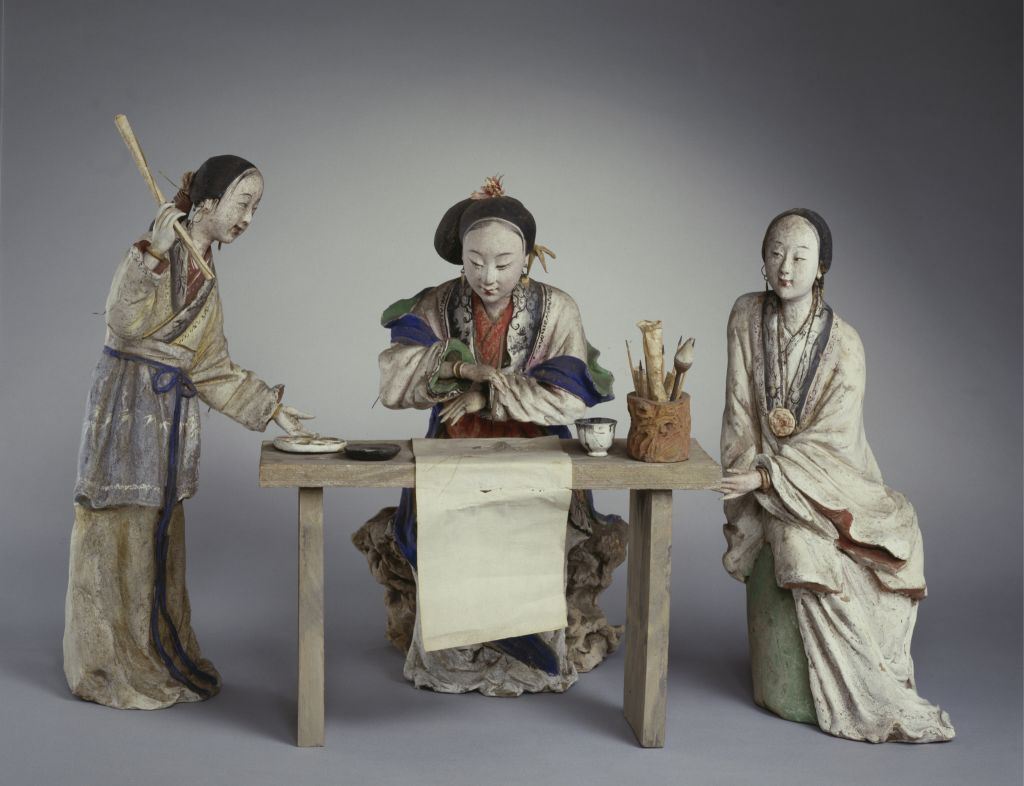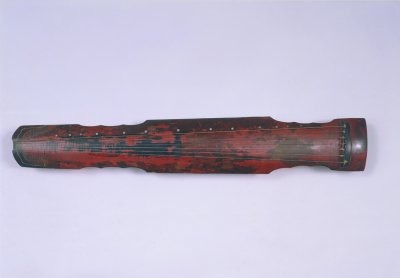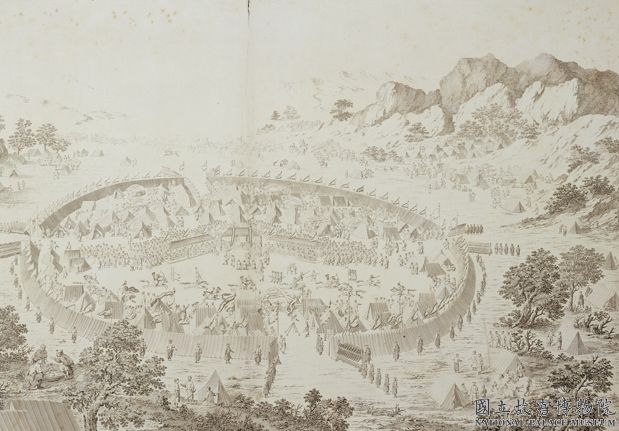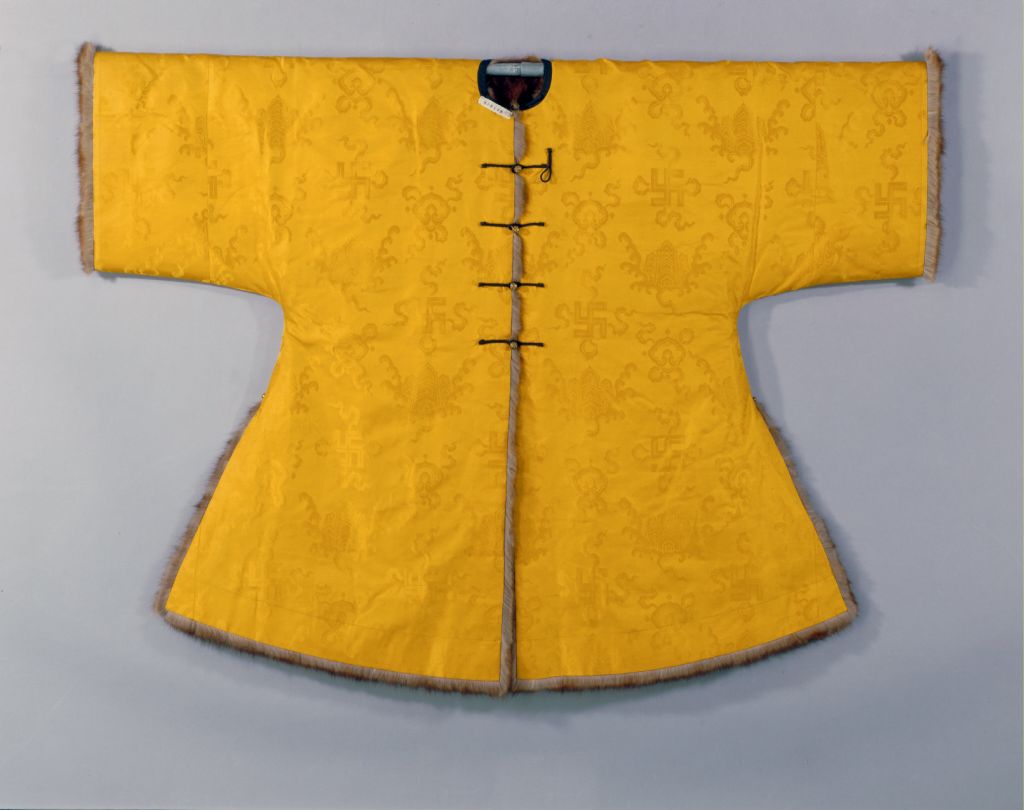[The inscription on the stone palace in the imperial palace of Mount Song]
Vertical: 30 cm, horizontal: 11.8 cm. Donated by Wu Zhaohuang and Zang Huayun
This is the fine rubbings of Qianlong Jiayin in March. Huang Yi identified it, signed it and sealed it with “the gold and stone obtained by Komatsu”
The stone pagoda stood in the fifth year of the Han Dynasty (118). This stone pagoda is now located in front of Zhongyue Temple at the southern foot of Mount Song in Dengfeng, Henan Province. The font is wide and decent, ancient and simple and elegant, and the official script is powerful and vigorous. It is the best inscription handed down in the Western Han Dynasty. Yang Shoujing’s “Records of Pingbei” said: “The Han Dynasty (referring to the Western Han Dynasty) is still in existence today. There are many brick and tile inscriptions, and the stone tablets are scattered and broken. However, the number of words in the three columns of” Tai Shi “,” Shao Shi “, and” Kai Mu “is slightly more, and it is powerful and ancient. Since the” Langye Tai “has disappeared, it can not be traced to the seal script. It should be regarded as the law of seal script. The world takes Zheng Wenbao’s” Yi Shan Stele “as an example from Li Si, which is wrong.”
Huang Yi’s “Song Luo Visiting Stele Diary” On September 13, the first year of Jiaqing in China: “To Zhongyue Temple, the buildings and halls are magnificent, and the weather is magnificent. The stone palace of the imperial palace is a hundred steps away from the temple, the stones are neat, the portraits are many, the upper layer is chiseled as new, and the scratches of more than 2000 years are still recognizable, and it is also a wonder.”
![图片[1]-Song Mountain Imperial Palace Stone Que Ming-China Archive](https://chinaarchive.net/Eastern Han dynasty/Inscription/28103[1024].jpg)
![嵩山太室石阙铭 图片[2]-Song Mountain Imperial Palace Stone Que Ming-China Archive](https://chinaarchive.net/Eastern Han dynasty/Inscription/28104[1024].jpg) 嵩山太室石阙铭
嵩山太室石阙铭![嵩山太室石阙铭 图片[3]-Song Mountain Imperial Palace Stone Que Ming-China Archive](https://chinaarchive.net/Eastern Han dynasty/Inscription/28105[1024].jpg) 嵩山太室石阙铭
嵩山太室石阙铭![嵩山太室石阙铭 图片[4]-Song Mountain Imperial Palace Stone Que Ming-China Archive](https://chinaarchive.net/Eastern Han dynasty/Inscription/28106[1024].jpg) 嵩山太室石阙铭
嵩山太室石阙铭![嵩山太室石阙铭 图片[5]-Song Mountain Imperial Palace Stone Que Ming-China Archive](https://chinaarchive.net/Eastern Han dynasty/Inscription/28107[1024].jpg) 嵩山太室石阙铭
嵩山太室石阙铭![嵩山太室石阙铭 图片[6]-Song Mountain Imperial Palace Stone Que Ming-China Archive](https://chinaarchive.net/Eastern Han dynasty/Inscription/28108[1024].jpg) 嵩山太室石阙铭
嵩山太室石阙铭![嵩山太室石阙铭内页之一 图片[7]-Song Mountain Imperial Palace Stone Que Ming-China Archive](https://chinaarchive.net/Eastern Han dynasty/Inscription/28109[1024].jpg) 嵩山太室石阙铭内页之一
嵩山太室石阙铭内页之一![清拓嵩山太室石阙铭册 图片[8]-Song Mountain Imperial Palace Stone Que Ming-China Archive](https://chinaarchive.net/Eastern Han dynasty/Inscription/28110[1024].jpg) 清拓嵩山太室石阙铭册
清拓嵩山太室石阙铭册![嵩山太室石阙铭内页 图片[9]-Song Mountain Imperial Palace Stone Que Ming-China Archive](https://chinaarchive.net/Eastern Han dynasty/Inscription/28111[1024].jpg) 嵩山太室石阙铭内页
嵩山太室石阙铭内页![嵩山太室石阙铭内页 图片[10]-Song Mountain Imperial Palace Stone Que Ming-China Archive](https://chinaarchive.net/Eastern Han dynasty/Inscription/28112[1024].jpg) 嵩山太室石阙铭内页
嵩山太室石阙铭内页![嵩山太室石阙铭内页 图片[11]-Song Mountain Imperial Palace Stone Que Ming-China Archive](https://chinaarchive.net/Eastern Han dynasty/Inscription/28113[1024].jpg) 嵩山太室石阙铭内页
嵩山太室石阙铭内页

![[Qing Dynasty] British female painter—Elizabeth Keith, using woodblock prints to record China from the late Qing Dynasty to the early Republic of China—1915-China Archive](https://chinaarchive.net/wp-content/uploads/2022/11/image-191x300.png)



